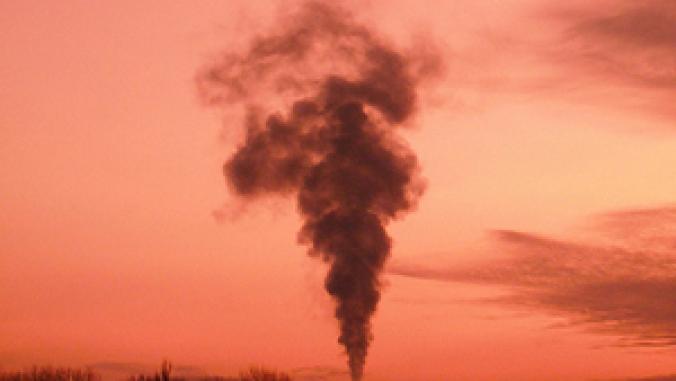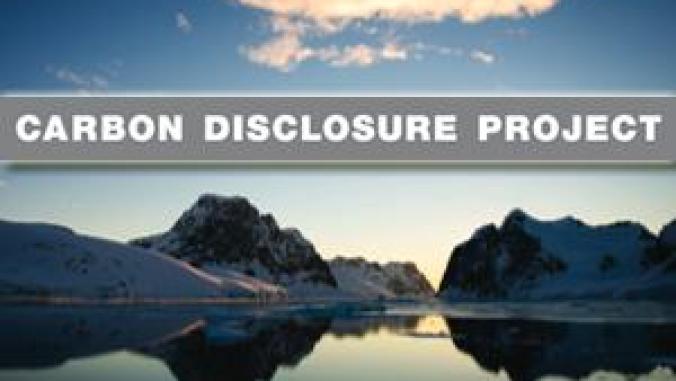Beverage Titans Unite on Carbon Footprint Guidelines
<p>A coalition of beverage companies has created guidance to help its sector peers consistently measure and report the carbon footprints of their operations and products.</p>

Coke bottles -- CC licensed by Flickr user alan.stoddard
A coalition of beverage companies has created guidance to help its sector peers consistently measure and report the carbon footprints of their operations and products.
After more than a year of collaboration, the Beverage Industry Environmental Roundtable (BIER) has released "Beverage Industry Sector Guidance for Greenhouse Gas Emissions" to support the Greenhouse Gas Protocol and the Publicly Available Specification 2050 (PAS 2050).
It focuses on areas that produce the industry's greatest impacts, such as agriculture, transportation, packaging and refrigeration. It also offers clarity on practices that present unique challenges for the sector, including recycling allocation, transportation logistics, maturation of distilled spirits, and cooling methods.
BIER, whose members include heavyweights Anheuser-Bush InBev, Coca-Cola, Nestle Waters, New Belgium Brewing Co. and PepsiCo, created the guidance in order to avoid future complications that could arise from the disjointed efforts of individual companies to measure their emissions. Among the concerns that led to development of the guidance development were competing methodologies for measuring emissions, misleading product labels, and accounting practices that didn't mesh with future legislation.
The document, BIER claims, is the first to offer sectoral guidance on both enterprise inventory and product carbon footprinting. Ultimately, its authors hope it will be used to help companies understand the requirements of the two protocols and validate results of the analyses performed.
"The BIER Sector Guidance document places our industry in the forefront of corporations that are seeking to act in a socially responsible manner," David Walker, PepsiCo's director of environmental sustainability, said in a statement last week. "By using this document to communicate consistently and transparently to our consumers, governments, investors, and other stakeholders, we are setting the standard for uniform enterprise and product-level carbon emission reporting."
Although the first edition of the Greenhouse Gas Protocol has been around since 2001 to help organizations calculate their carbon footprints, PAS 2050 is relatively new. The Carbon Trust, BSI Standards and the U.K.'s Dept. of Environment, Food and Rural Affairs collaborated on the standard, releasing it in 2008. Carbon labels, however, began appearing as early as 2007 through a pilot program with Tesco, PepsiCo, Danone, and Coca Cola. Since then, they've appeared on a variety of products, including potato chips, toilet paper and soda.
The BIER guidance isn't designed to be used to directly compare products, but does allow for a consistent approach to identifying product lifecycle impacts.
CC licensed by Flickr user alan.stoddard.




